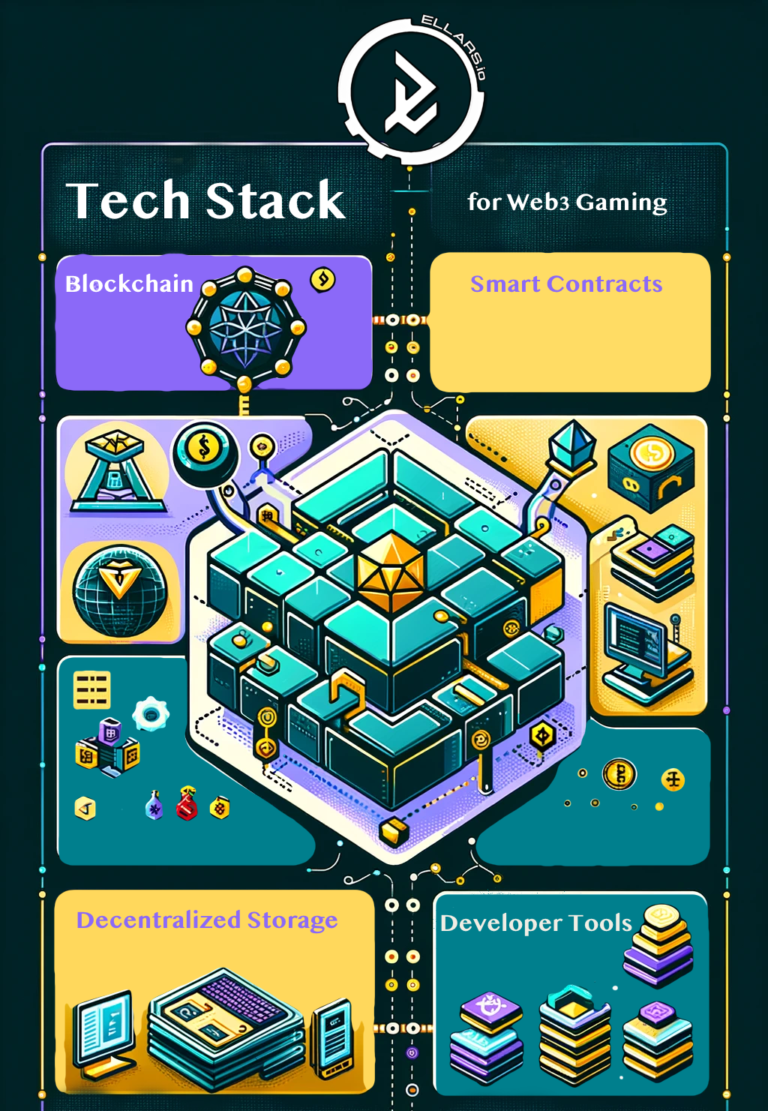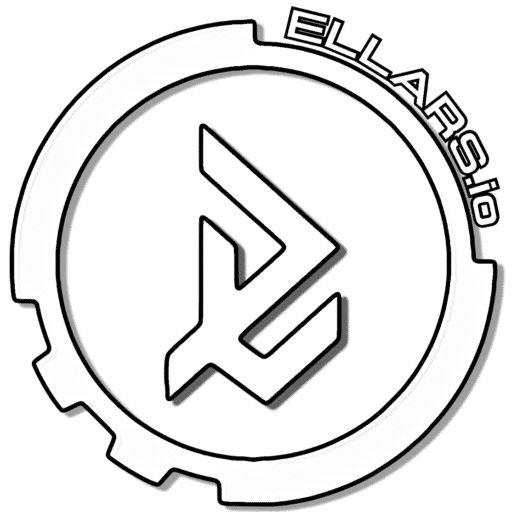Web3 gaming represents a significant evolution from traditional gaming models, integrating blockchain technology to provide a decentralized, transparent, and player-empowered gaming experience. This guide will cover the essentials of Web3 gaming, its key features, technological stack, and the role of gaming DAOs, drawing from comprehensive sources to provide a well-rounded understanding of this emerging field.

Introduction to Web3 Gaming
Web3 gaming leverages decentralized technologies like blockchain and smart contracts to create games where players have true ownership of in-game assets, represented as non-fungible tokens (NFTs). These digital assets can be bought, sold, or traded on the blockchain, often for cryptocurrency, creating real-world value. Unlike traditional games, where assets are controlled by game developers, Web3 games give control over assets, economies, and even game development and governance to the players themselves.
Key Features
🔑 True Ownership and Control: Players have the unique ability to truly own, sell, and trade their in-game assets, such as skins and characters. These items are tokenized as NFTs, ensuring that ownership is verifiable and secure.
💰 Play-to-Earn Model: Unlike traditional gaming models, this innovative approach allows players to earn cryptocurrencies or other rewards simply by engaging in gameplay, moving away from the conventional pay-to-play or free-to-play models.
🌐 Decentralization: In Web3 gaming, the control over assets, the economy, and the game rules lies in the hands of a distributed network of players and stakeholders, not a centralized authority. This shift ensures a more democratic and equitable gaming environment.
🔗 Interoperability: Assets owned in one game can potentially be utilized in others, significantly enhancing both the player experience and the value of the assets across different gaming platforms.
🔍 Transparency: Leveraging blockchain technology, all transactions and actions within the game are recorded on a public ledger. This not only ensures integrity and fairness but also provides complete transparency in game operations.
Tech Stack





Gaming DAOs
Decentralized Autonomous Organizations (DAOs) play a crucial role in Web3 gaming, allowing for player-driven governance and decision-making. Types of gaming DAOs include:
🛠️ Developer DAOs: These organizations collaborate on the creation and updates of games, fostering a community-driven development environment.
🎮 Player DAOs: These groups empower players to influence the direction and mechanics of the game, ensuring that their voices are heard and integrated into the gaming experience.
💰 Economic DAOs: Tasked with managing in-game economies, these DAOs handle crucial aspects like the issuance and regulation of in-game currency.
🏰 Guild DAOs: They play a key role in facilitating decision-making processes for in-game guilds, clans, or groups, enhancing collaboration and strategic alignments.
🔗 Asset DAOs: These DAOs enable collective ownership and governance of in-game assets, promoting a decentralized model of asset management and control.
Challenges and Considerations
While Web3 gaming offers numerous advantages, it also faces challenges such as user adoption, complexity for non-crypto-savvy players, security risks, and regulatory uncertainties. Addressing these challenges is essential for the broader acceptance and success of Web3 gaming.
Web3 gaming marks a new era in the online gaming industry, promising a more inclusive, secure, and transparent ecosystem where players have significant control and ownership over their gaming experiences. As technology and adoption evolve, Web3 gaming is poised to redefine the future of gaming.
more articles
- All
- Articles
- Book Summary
- Mental Health
- Politics
- Religion, Spirituality & Mythology
- Software Spotlight
- Technology
- Video Games
- Web3 Gaming

